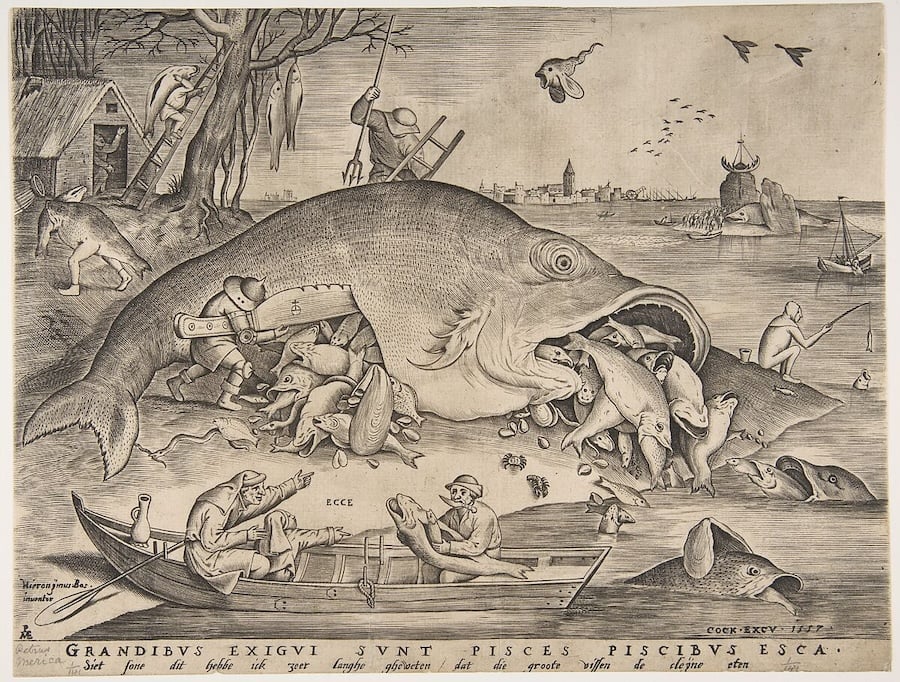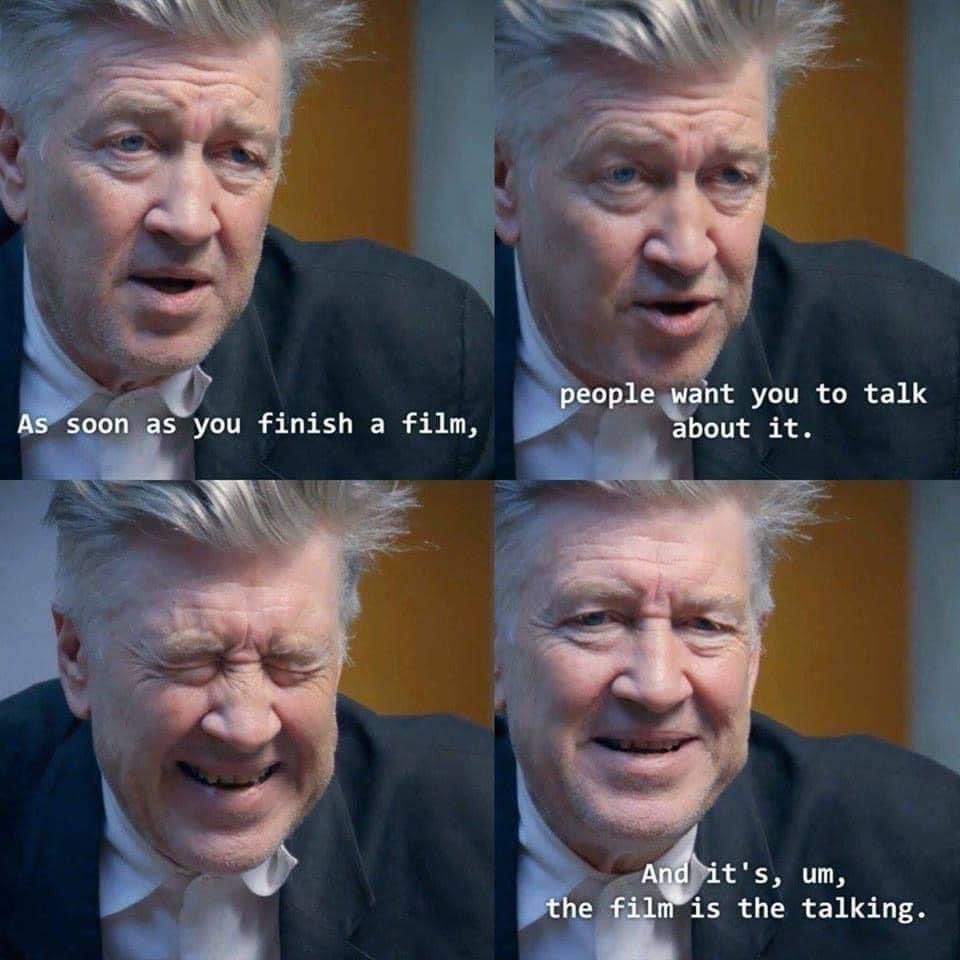Taste is who you're talking to
👋 If you’re new here, I’m Eve Harms, fiction writer of horror, bizarro, and exploitation tales. Mostly recently I co-wrote CHASERS, a horrific and powerful splatterpunk thriller about a trans woman discovering a peephole in her new apartment. It’s available wherever books are sold.
I also make zines, apps, and other precious and useful things. This newsletter is where I share my thoughts on art, creativity, and my many other esoteric interests.
Someone shared a post on Bluesky that said most art in any given medium is unsalvageable dogshit, but that the bad art is important too. My response was this:
Yes, and there is no objectively “good” art. What’s considered “good art” is always based on the judgements of personal preferences and alignment to cultural values and expectations. Yes, and there is a large audience for pigslop (this is both good and bad news for artists.) Still no contradictions
(Before I continue: when I use the word "art" I mean all forms of art, including, and especially, prose fiction. Because fiction writing is the medium I engage with most often, it's generally first in my mind when I say the word "art." But of course I am speaking broadly, including music, painting, digital art, film, comics, games, etc.)
So, if quality is entirely subjective, how do you make sure your art is good? And how do you make it better?
You don't. You develop your taste and try to make your work match it as closely as possible. Make work that scratches the itch of that idea in your brain, and make it in whatever flavor profile would suit it best.
Does that mean that anything goes? Does it mean that every piece of art is as valuable as the next? No.
When it comes to applying your taste to your art, taste is no longer just a set of preferences. Because, behind each aspect you love is a work of art, and behind that work of art is a person or group of people.

Art is foremost a form of communication and way of thinking. Making art is thinking, sharing that art is talking.
So when you develop your taste, you're deciding who’s speaking to you, whose ideas you're allowing into your conscious and subconscious mind. The art you engage with, and the world your form around it, becomes the prima materia of your creative process.
So, it's worth examining your taste as an artist, and developing it at least somewhat intentionally. Going by vibes and being attracted to what you naturally like is a big part of the process, but sometimes it's worth challenging yourself to find those delicious flavors in places you wouldn't expect.

Expand your palette: read outside your genre, learn subjects you know nothing about, experience media from other cultures, go to a museum, watch obscure exploitation films, and seek out independent creators rather than Hollywood’s data-driven boardroom creations. Ask yourself, who and what do you want your work to be in conversation with.
In the end, it's up to you and your goals. You could want your work to be engaged with the prestigious works of your own cultural context and seek recognition from your peers in that space. You could want to be in conversation with indie underground media and try to appeal to a small but die-hard group on a highly personal level, developing a cult following. Or you could be in conversation with both those worlds, or others, and explore where they meet and clash.
And you could simply want your masterpiece to be deeply engaged in the culture of your favorite fandom, appealing to small and specific crowd of other rabid fans. And that's great too.
Just make sure you aren't in the corner, talking to yourself.

Add a comment: